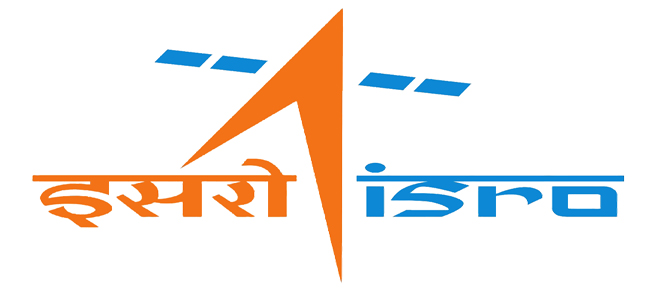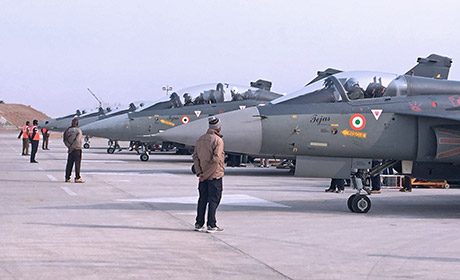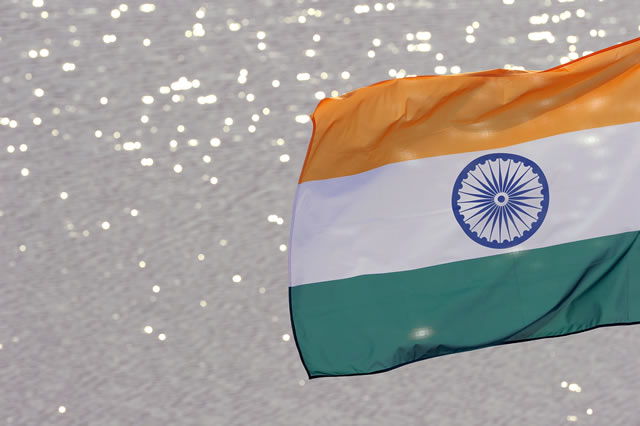
A file photo.
BENGALURU (PTI): Chandrayaan-2's landing module 'Vikram' will begin its final descent to pull off a historic soft landing on the lunarsurface in the early hours of Saturday, as the Indian Space Research Organisation awaits with bated breath for the "terrifying moment."
A successful landing will make India the fourth country after Russia, the US and China to achieve a soft landing on the moon.
But it will be the first to launch a mission to the unexplored lunar south pole.
Joined by about 60-70 high school students from across the country, Prime Minister Narendra Modi will be present atthe ISRO centre in Bengaluru to witness live the space feat,according to officials.
'Vikram' with rover 'Pragyaan' housed inside is scheduled for a powered-descent between 1 am and 2 am on September 7, followed by its touchdown between 1.30 am and 2.30 am.
The lander is now in an orbit that would be about 35 km from the lunar surface at its nearest point from where it will begin its final descent.
ISRO has said Chandrayaan-2 will attempt to soft land the lander and rover in a high plain between two craters, Manzinus C and Simpelius N, at a latitude of about 70 south.
ISRO Chairman K Sivan said the proposed soft landing on the Moon was going to be a "terrifying" moment as the ISRO has not done it before, where as Lunar Orbit Insertion (LOI) manoeuvre was successfully carried out during the Chandrayaan-1mission.
Explaining the landing manoeuvres, Sivan had said once the manoeuvre starts from about 30 km to land on thesurface of the moon, it will take 15 minutes.
"This 15 minutes travel of lander is new to ISRO. It is for the first time we are going to another body where there is no atmosphere and using the propulsion system we will have to break the velocity and bring the vehicle safely to soft land.
To achieve this we will have to balance between the gravity and thrust. So we have to modulate the thrust of the engine," he had said.
Following the landing, the rover 'Pragyaan' will roll out from 'Vikram' between 5.30 am and 6.30 am.
While, the 'Pragyaan' will carry out experiments on the lunar surface for a period of one lunar day, which is equal to 14 earth days, the main orbiter will continue its mission for a year.
The lander and rover carry country's symbols on them, which will remain on the moon for long.
"The rover has six wheels (three each on both sides), the back two wheels- one has Ashoka Chakra on it and the other has ISRO emblem. Also, the ramp of the lander on which rover will come out and land on moon has Indian flag on it," Sivan had earlier said.
The Rs 978 crore unmanned moon mission (satellite costRs 603 crore, GSLV MK III cost Rs 375 crore) is expected toshed light on a completely unexplored section of the Moon -- its South Polar region.
Pointing out that Chandrayaan 2 was going to South Pole, a place where nobody else has gone, ISRO Chairman K Sivan had said, the entire scientific community of the nation and the globe were eagerly waiting for the mission.
According to ISRO, the lunar South Pole is especially interesting because of the lunar surface area here that remains in shadow is much larger than that at the North Pole and there was a possibility of the presence of water in permanently shadowed areas around it.
In addition, South Pole region had craters that are "cold traps" and contain a fossil record of the early Solar System.
India's Geosynchronous Satellite Launch Vehicle, GSLV MkIII-M1 had successfully launched the 3,840-kg Chandrayaan-2 spacecraft into the earth's orbit on July 22.
Chandrayaan-2 satellite began its journey towards the moon leaving the earth's orbit in the dark hours on August 14, after a crucial manoeuvre called Trans Lunar Insertion (TLI) that was carried out by ISRO to place the spacecraft on "Lunar Transfer Trajectory".
The spacecraft successfullyentered the lunar orbit on August 20 by performing Lunar OrbitInsertion (LOI) manoeuvre.
On September 2, the lander 'Vikram' successfully separated from the orbiter, following which two de-orbiting manoeuvres were performed to bring the lander closer to the Moon.
The health of the spacecraft is being continuously monitored from the Mission Operations Complex (MOX) at ISRO Telemetry, Tracking and Command Network (ISTRAC) in Bengaluru with support from Indian Deep Space Network (IDSN) antennas at Bylalu, near Bengaluru.
The orbiter carries eight scientific payloads for mapping the lunar surface and study the exosphere (outer atmosphere) of the Moon while the lander carries three scientific payloads to conduct surface and subsurface science experiments.
The rover carries two payloads to enhance the understanding of the lunar surface.
The rover will be rowing on the moon on its own propulsion at the speed of one cm per second and will cover 500 metres in its lifetime.
According to ISRO, the mission objective of Chandrayaan-2 is to develop and demonstrate the key technologies for end-to-end lunar mission capability, including soft-landing and roving on the lunar surface.
On the science front, the mission aims to further expand the knowledge about the moon through a detailed study of its topography, mineralogy, surface chemical composition, thermo-physical characteristics and atmosphere, leading to a better understanding of the origin and evolution of the moon.
 Previous Article
Previous Article Next Article
Next Article













The Indian Air Force, in its flight trials evaluation report submitted before the Defence Ministry l..
view articleAn insight into the Medium Multi-Role Combat Aircraft competition...
view articleSky enthusiasts can now spot the International Space Station (ISS) commanded by Indian-American astr..
view article